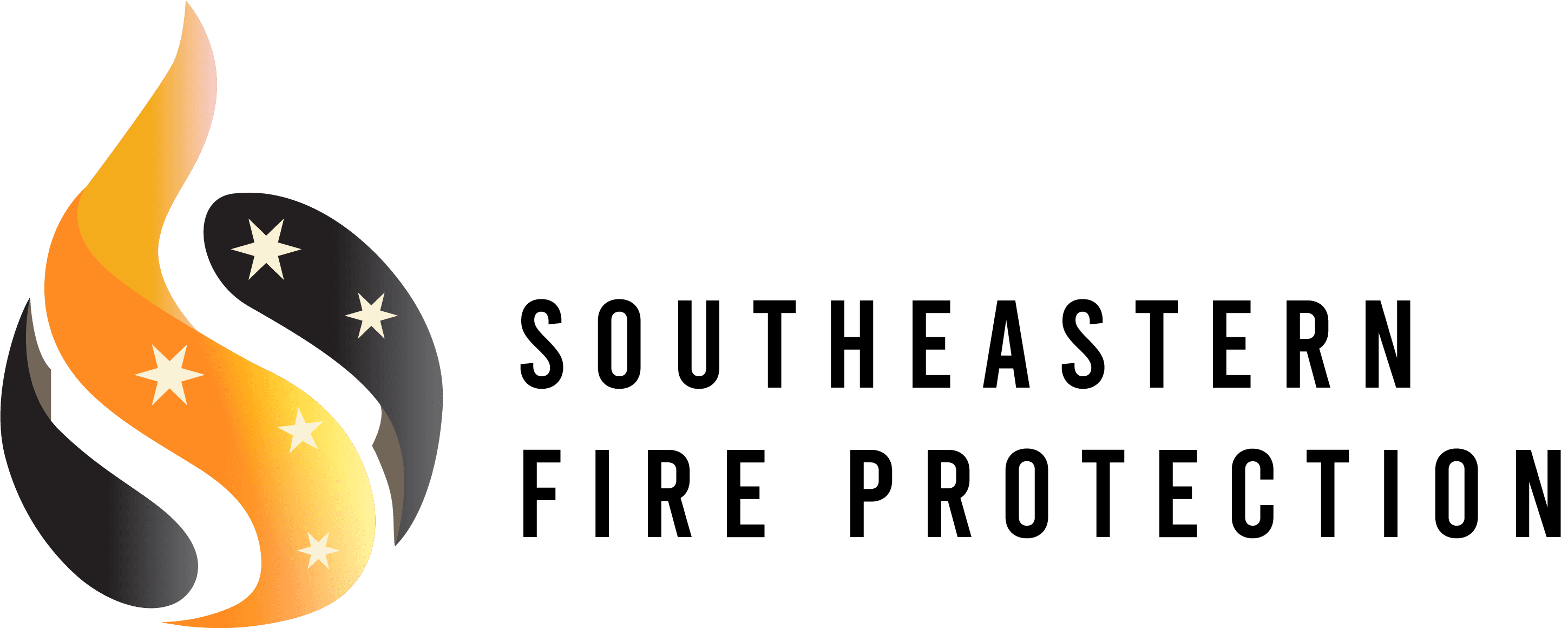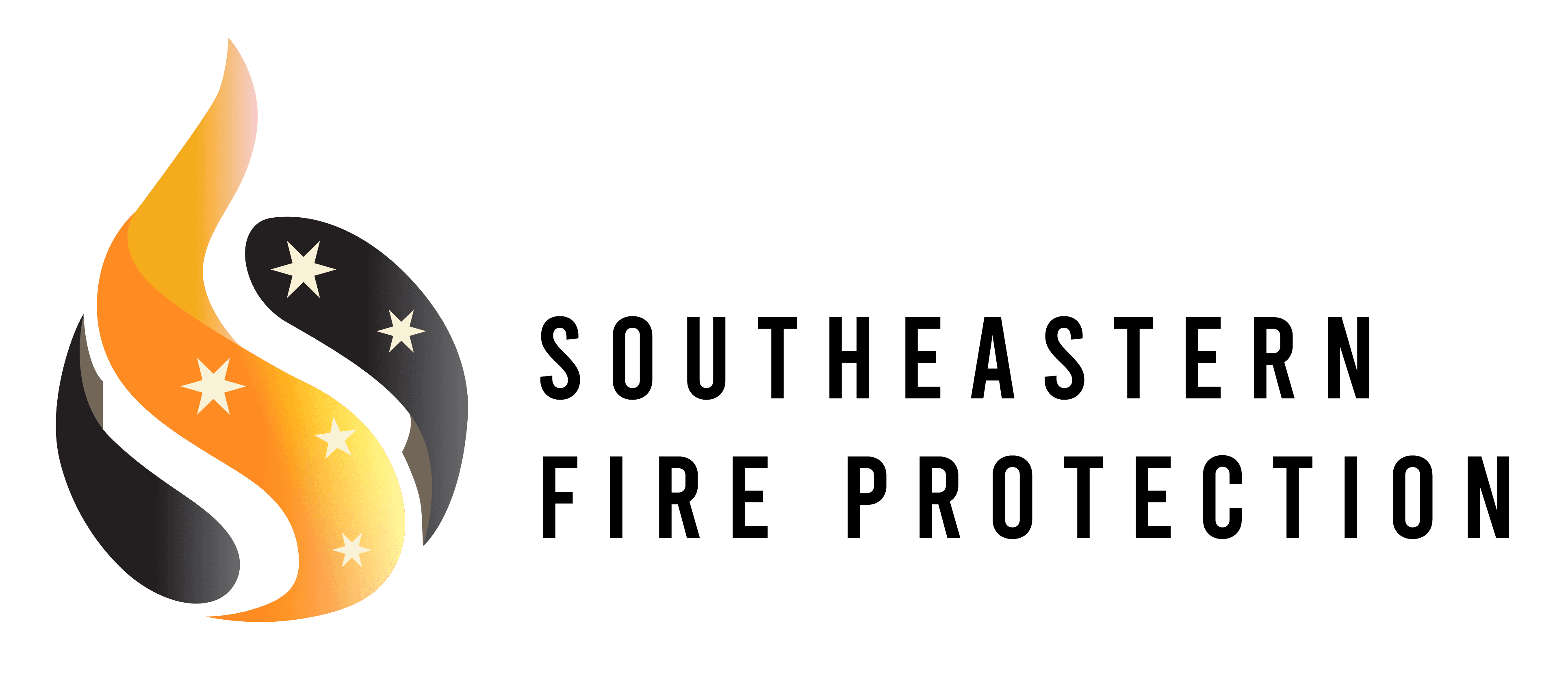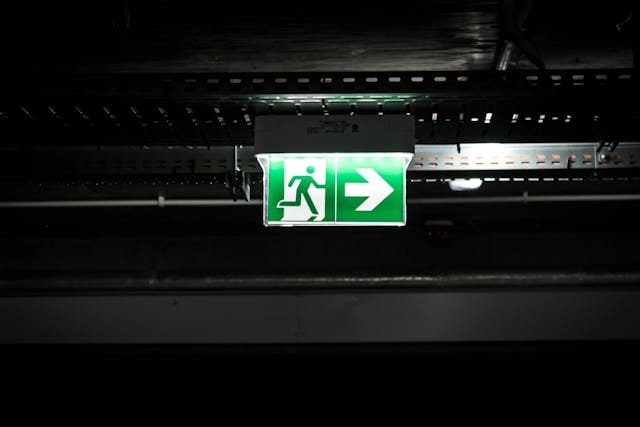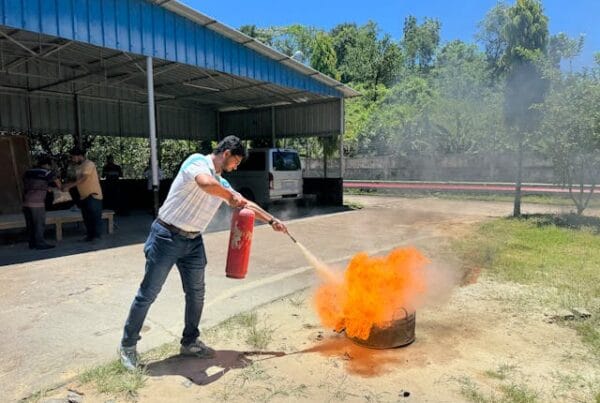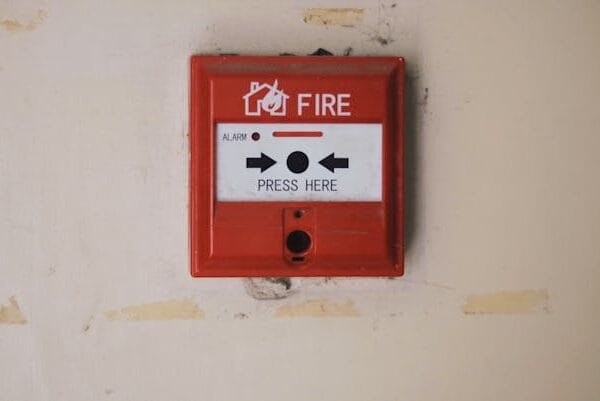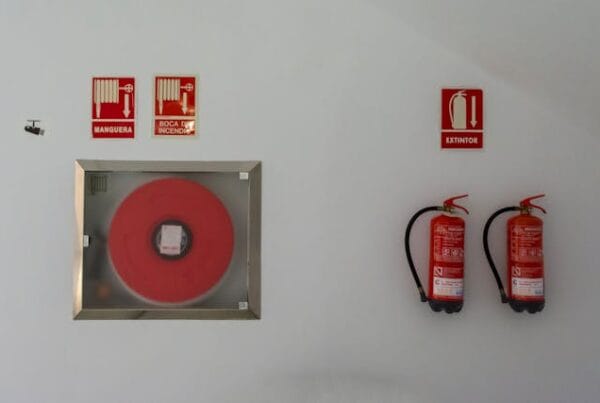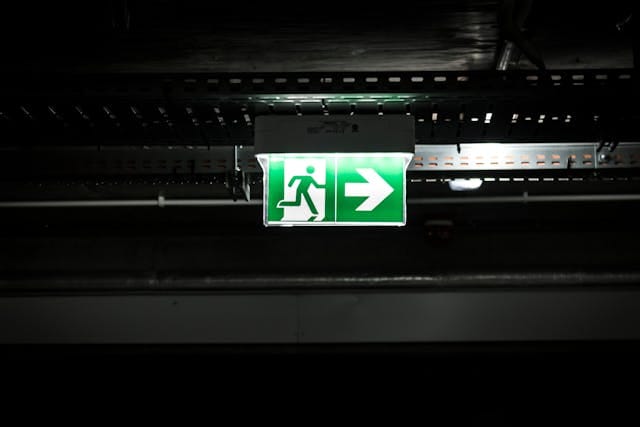
For any owner or manager of a commercial cooking establishment, fire codes are not just suggestions; they are the law. The framework for fire safety in these high-risk environments is built upon a set of comprehensive standards developed by experts to save lives and protect property. Chief among these is NFPA 96, Standard for Ventilation Control and Fire Protection of Commercial Cooking Operations. This crucial document is the authoritative guide for fire marshals, installers, and business owners, dictating everything from hood design to maintenance schedules. A deep understanding of NFPA 96 is essential for ensuring your kitchen is not only safe but also fully compliant, avoiding fines, closures, and catastrophic liability.
What is NFPA 96 and Why Does It Matter for Your Kitchen?
NFPA 96 provides the minimum fire safety requirements related to the design, installation, operation, inspection, and maintenance of all public and private commercial cooking operations. Its scope is comprehensive, covering the entire kitchen ventilation system, which includes the hood, grease removal devices, ductwork, exhaust fans, and, critically, the fire-extinguishing equipment. The primary goal of NFPA 96 is to mitigate the risk of fire. It recognizes that commercial kitchens produce grease-laden vapors that can build up in the ventilation system, creating a highly flammable fuel source that can spread a fire rapidly throughout a building. Adherence to NFPA 96 ensures that every component of your system works together to safely contain, capture, and exhaust these vapors while providing a robust, automatic fire suppression system as the ultimate line of defense.
Key Requirements for Fire Suppression Systems Under NFPA 96
While NFPA 96 covers the entire ventilation system, it has specific and strict requirements for the fire suppression component, often referencing another standard, NFPA 17A (Standard for Wet Chemical Extinguishing Systems). Some of the most critical mandates include:
- Automatic Activation: The fire suppression system must be capable of automatically detecting a fire and discharging the extinguishing agent.
- Manual Activation: A conspicuous and readily accessible manual pull station must be installed in a path of egress.
- Fuel Shut-off: The system must be interlocked to automatically shut off all sources of fuel and electrical power to the cooking equipment upon activation. This is a critical step to prevent re-ignition.
- Appliance-Specific Coverage: The discharge nozzles must be placed and aimed to provide complete coverage for each specific cooking appliance, including deep fryers, griddles, ranges, and broilers.
- Wet Chemical Agent: For new installations and for the protection of modern appliances, a wet chemical extinguishing agent is required due to its effectiveness on grease fires (Class K fires).
- Certification and Listing: The entire system must be listed by a recognized testing laboratory like UL (Underwriters Laboratories) and installed by a certified technician.
The Critical Role of Inspection and Maintenance According to the Standard
NFPA 96 places enormous emphasis on ongoing maintenance, recognizing that even the best-designed system can fail if not properly cared for. The standard mandates a formal inspection and servicing of the fire suppression system by a certified technician every six months. It also details requirements for the cleaning of the hood, baffle filters, and exhaust ductwork. The frequency of this cleaning depends on the type and volume of cooking, ranging from monthly for high-volume charbroiling operations to annually for low-volume kitchens. Meticulous records must be kept of all inspections, servicing, and cleaning. The service tag on the suppression system and a certificate or sticker on the hood provide visible proof of compliance for the fire marshal.
The Consequences of Non-Compliance with NFPA 96
Ignoring the requirements of NFPA 96 can have severe consequences for a business. The most immediate is failing an inspection by the local fire marshal, which can result in hefty fines and an order to cease operations until all violations are corrected. This can lead to significant lost revenue and damage to your restaurant’s reputation. From an insurance perspective, non-compliance can be devastating. In the event of a fire, if it is discovered that the business was not in compliance with NFPA 96, the insurance carrier may have grounds to deny the claim, leaving the owner to bear the full financial loss of the fire. Most importantly, non-compliance creates an unacceptably high risk of a fire that could lead to injury or death, resulting in potential criminal charges and insurmountable civil liability. For further reading, the NFPA’s official site is the definitive resource.
Conclusion
NFPA 96 is the foundational document for commercial kitchen fire safety in North America and influential worldwide. It is not a document to be taken lightly. By working with certified professionals for the installation, inspection, and maintenance of your kitchen ventilation and fire suppression systems, you are ensuring adherence to this critical standard. Compliance with NFPA 96 is the most effective way to protect your business, your employees, and your customers from the devastating potential of a kitchen fire. It is an investment in safety, stability, and peace of mind.
